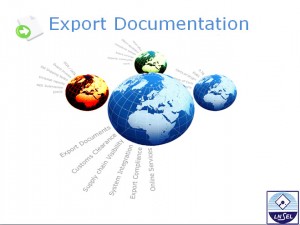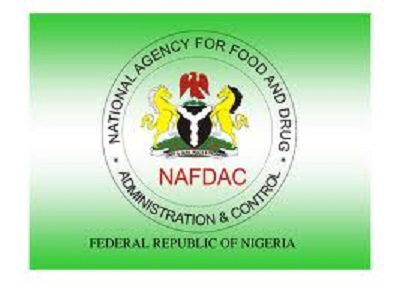How To Do Export Documentations
 Shippers Guide is the learning page of MMS Plus. Here we answer the five W’s and H of several issues in the shipping industry. This week’s edition focuses on the procedures for export documentation as well as market entry strategies.
Shippers Guide is the learning page of MMS Plus. Here we answer the five W’s and H of several issues in the shipping industry. This week’s edition focuses on the procedures for export documentation as well as market entry strategies.
Export documentation
Export documentation is the important records of an international transaction. It includes using the correct trade terminology, right certifications from appropriate authority (agreed by both parties), clearly defining the transfer of interest and liability, selecting the right method of payment and sending the best quotation possible forms part of effective exporting. After concluding sale, proper and timely selection, preparation and distribution of documents are equally essential.
• Documentation is more important than the goods!
• It is unlikely that anyone will see the goods – from the time of packing to final delivery
• Documents are required to prove that all functions have been effected
• They are the legal basis of all transactions
2. Numerous documentsTraders need to know
• How to complete them
• How to check them
• Where to get them
• Where to send them
• Why they are required
3. DOCUMENTARY STANDARDS – THEY MUST BE
• Accurate
• Contain enough information
• Fit for Purpose
• Produced Quickly
• Neat
4. THE MOST COMMON EXPORT DOCUMENTS FOR SHIPMENTS FROM NIGERIA TO UK
• Quotations
• Order Confirmations
• Invoices
• Packing Lists
• Certificates of Origin – C16 combined certificate of value and origin
5. INCOTERMS 2010 For the international delivery of goods they identify;
• Who organises what?
• Who pays what?
• Where delivery takes place?
• Where the risks and responsibilities pass?
6. PAYMENT METHODS – IN ORDER OF SECURITY FOR THE EXPORTER
7. QUALITY/STANDARDS ISSUES
8. SANITARY & PHYTOSANITARY (SPS) ISSUES
• Traceability
• Global Gap
• HACCP (Hazard Analysis & Critical Control Point)
• Maximum Residue Level (MRL) for pesticide (how much pesticide residue a product can safely contain.
9. Other quality and regulation related documents
• Registration as an Exporter with NEPC
• Clean Report of finding issued by Colbalt International Services Ltd ( Appointed Inspection Agency for Pre- Export Shipment in Nigeria,
• Nigeria Custom Services for Single Goods Declaration (SGD),
• SON for manufactured products,
• NAFDAC for Foods and Drugs
• National Plant Quarantine Services for Plant materials (Phytosanitary certificate),
• Federal Produce Inspection services for Agric commodities and
• Some private assayers such as SGS
• NACCIMA – Certificate of origin
Market Entry StrategyA market entry strategy is the planned method of delivering goods or services to a target market and distributing them there.Factors
• Many Companies successfully operate in a niche market without ever expanding in to new market.
• Some businesses achieve increased sales, brand awareness and business stability by entering a new market.
• Developing a market entry strategy involves a thorough analysis of potential competitors and possible customers.
• Some of the relevant factors that are important in deciding the viability of entry in to a particular market are subjected below.
Barriers
• Are there any legal barriers that need to be overcome in order to enter the market?
• For example, you need a license to enter a particular International market.
• What are the limitation to trade, such as high tariff levels and quotas?
• Do you have the required level of knowledge and training in Exporting Procedures?
• Will it be in demand for along or short period of time?
• Is it easy to transparent or will it need special treatment?
• Is the product restricted abroad? (e.g. tariffs, quotas or non tariff barriers)
• Are the product modifications required?
Self evaluation of Export intent
Look at the product or services that you are intending to sell and consider the following questions.
• How easy is it to maintain?
• Does it have a unique selling point (USD) or direct competitive advantage (DCA)?
• Is it fashionable?
• Does it have limited appeal? If yes would a new market be receptive?







